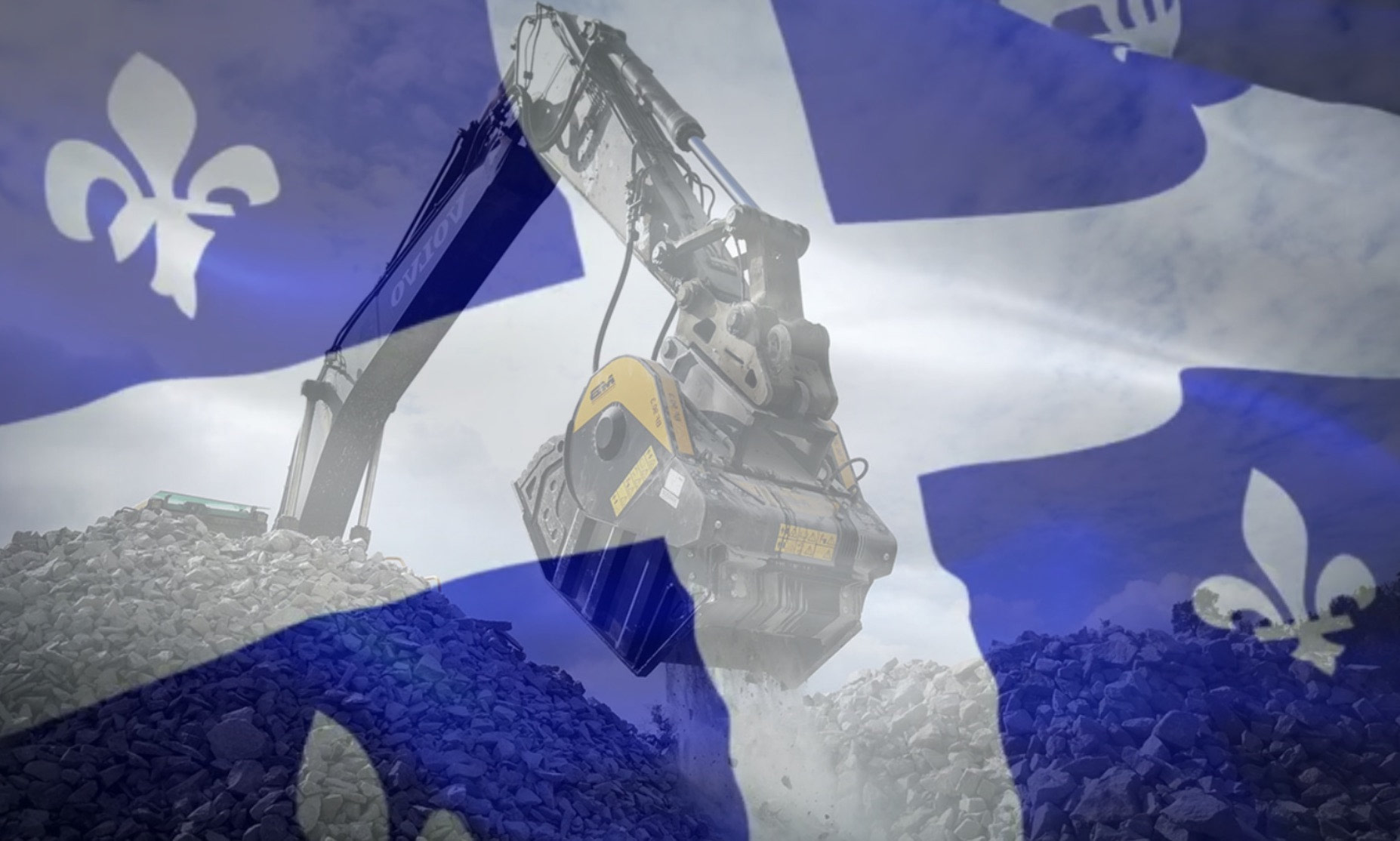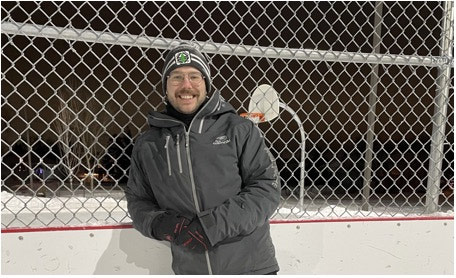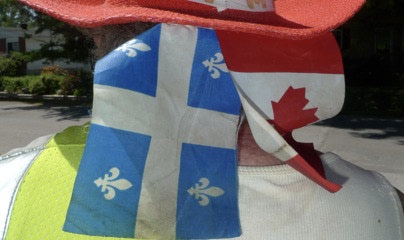Mining claims laws: what do they mean for Gatineau residents?
Djeneba Dosso
The race to uncover natural resources has been picking up speed since 2018 in Quebec. The pursuit has now reached Gatineau following the purchase of 60 hectares of land north of highway 50—between Boulevard Lorrain and Montée Paiement by a giant mining company.
Many Gatineau residents, including councillors and city officials, recently found out for the first time that mining claims laws in Quebec allow the subsurface of privately owned property to be explored for the purpose of discovering minerals once the rights have been bought. Buying rights can be done with just a click, through the Quebec government website, leading many to worry as they’re finding out the subterrain of their property can be sold to the highest bidder. More than ever now, Gatineau residents are having to learn about the ins and outs of mining claims laws and their rights to refusal.
The layout of the city of Gatineau consists of urban and agricultural territories, which also includes TIAMs, or Territories Incompatible with Mining Activity. Urban territories make up for 60 per cent of the city’s land and are not able to be explored for the mining purposes – leaving “40 per cent of agricultural land that can be exploited,” explained executive council president and Versant district councillor Daniel Champagne.
“The residents were as surprised as we were—I have been elected to city council for 10 years and up until last week I had never heard about mining exploitation [in a municipal policy context],” Champagne said, during an interview with Karl Belanger on 104.7 Outaouais. “The challenge that we’re confronting now is that the interest on Quebecers’ subterrain has never been as high as it is currently.”
The newly found interest and urgency toward mining claims laws came after the purchase of land between Boulevard Lorrain and Montée Paiement by Patrick Levasseur, president and founder of gold and rock exploration company Beauce Gold Fields. The reputable figure in the mining field conducted his operations in Beauce, located in Southern Quebec, up until he purchased 60 hectares of land in Gatineau in late March 2023.
Levasseur has no plans to date for the land he purchased, with the Minister responsible for the Outaouais region Mathieu Lacombe confirming that talks of mining exploration in the Gatineau sector are “rhetorical” for the time being.
However, if those plans were to change, Gatineau residents have the right to refuse the exploration of their subterrain through the Quebec government’s website.
During a press conference on May 15, Mayor France Bélisle questioned why the government has yet to give Quebec cities certain powers to dictate “what comes and goes on our territory.”
“In the ‘Declaration of Gatineau’, there are highlighted elements that touch on municipal jurisdiction,” she said. “We want to be able to have a say in what is happening and, in addition, have more fluid communication with the Quebec government.”
As of now, municipalities only have the power to inform residents. Alicia Lacasse-Brunet, councillor for the Bellevue district, has been on top of the mining claims laws since she found out about them. Her aim has been to be “proactive in getting the information out, so residents are armed [with their rights] in the event they receive a visit from a developer.”
“The letter that we’ll send, as soon as possible, to residents will go through our legal department to really ensure that the extent that all the rights of citizens, as well as the obligations of the developers, are indicated,” she said. “[The letter] will also disclose the procedure to follow if there are plans for mining exploration on a resident’s land when they have not given their consent.”
Once the letter is sent out to residents, there will also be a page on the Gatineau.ca website containing information and an email address in the event that questions arise.
“It’s evident that we currently have mining claims laws that hover over our heads,” Lacasse-Brunet added. “I want them [Gatineau residents] to know that we’re actively in search of solutions to find out what’s going on and what we can do to protect our territory.”
Légende photo : Image créée dans le cadre de cet article.
Crédit photo : Alana Repstock






